#1 Hosta x June/ Gold w/ Blue-Green Margins
#1 Hosta x June/ Gold w/ Blue-Green Margins
The 'June' hosta showcases a painterly blend of green and yellow hues. A blaze of spring green to pale yellow lights up the center of each sturdy, heart-shaped, blue-green leaf. In summer, lavender flowers accentuate the colorful foliage.
Scientific Name: Hosta 'June'
Common Name: June Hosta
Garden Size: 12-16 inches tall by 20-36 inches wide; scape height 16-24 inches
Growth Rate: Most hostas have a moderate to fast growth rate.
USDA Zone: 3-9
Exposure: Partial to full shade
Water & Soil: Moist, well-drained soil
Habit (Form): Mounding
Foliage: Sturdy, heart-shaped leaves with yellow-green centers and blue-green margins. The transition between colors has a brushed, feathered appearance and forms a third spring green color where the colors overlap. The thick leaves sometimes have a matte, chalky surface and are resistant to slugs.
Flowers: Lavender, bell-shaped flowers that grow on scapes above the foliage. Blooms mid to late summer.
Plant Origin: East Asia, primarily Japan and Korea. Most commercially available hostas are hybrids.
Wildlife Support: Hummingbirds and some bees enjoy the flowers. A favorite treat for our local deer.
Fertilizing: Apply compost in early spring before new growth emerges.
Pruning: Remove spent flower stalks to encourage new growth; trim back damaged or yellowing leaves as needed. Leave the leaves over the winter and wait until early spring to clean up.
ASPCA Toxicity flags (see their site for details): Toxic to dogs, cats, and horses
Uses: Ideal for shade gardens, woodland borders, and container plantings.
AHS Classification: IV-6a (Small Leaved, Green or Blue Margined, Yellow, White, or Chartreuse Center)
Parentage: Sport of H. 'Halcyon'
Notes: AHGA Hosta of the Year 2001







